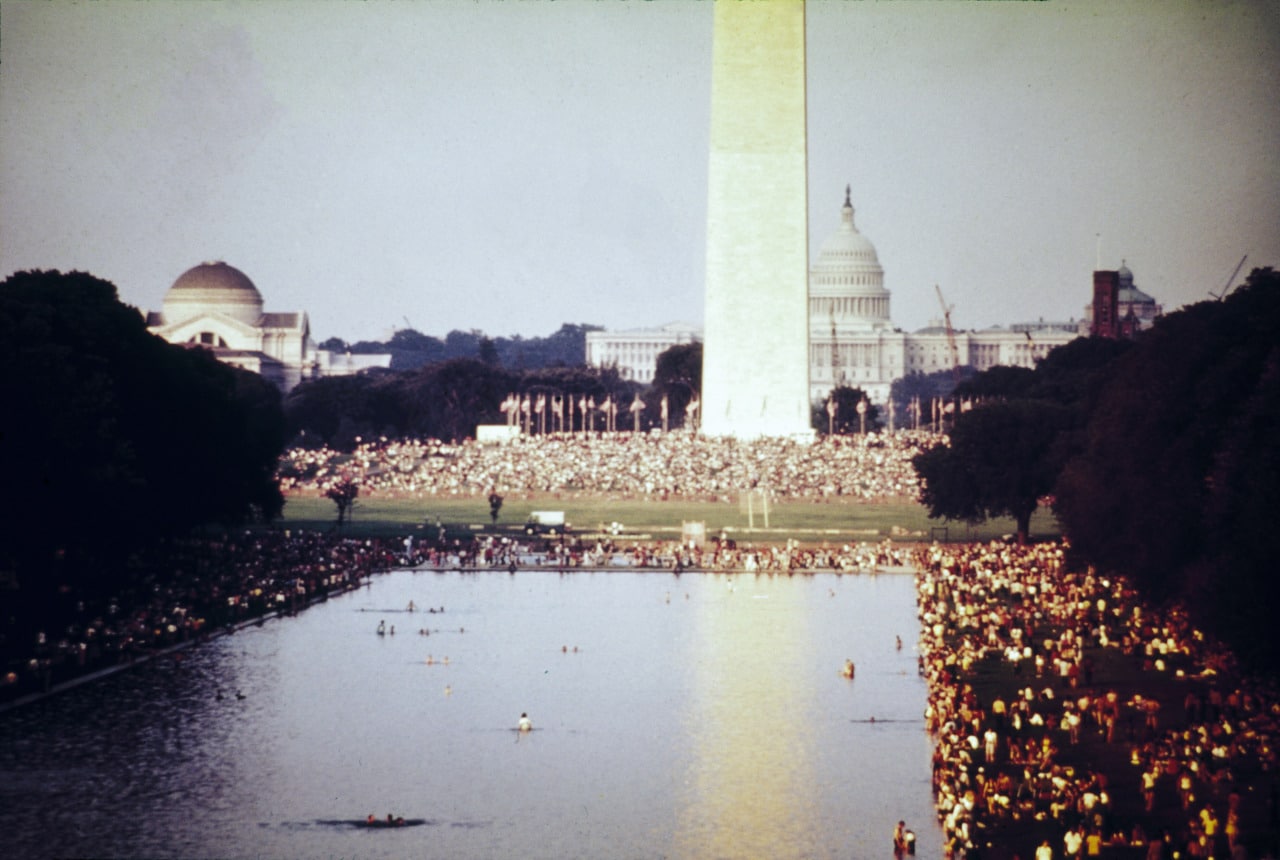On July 28, 2015 the newly elected Diputado General de Bizkaia or Premier of the Province of Biscay, Mr. Unai Rementeria, signed an agreement with the Smithsonian Institution Center for Folklife and Cultural Heritage, an institution we’ve repeatedly mentioned in our blog.
In light of such agreement, the Basque Culture will be featured during the Smithsonian Folklife Festival 2016. This exhibition takes place every year since 1967 at the very heart of the federal capital of the USA: the National Mall between the Washington Memorial and the US Capitol. The 2016 edition will also coincide with the Festivals 50th Anniversary making the event yet a bigger window to the Basque Country for the entire world.
The Smthsonian Folklife Festival is the most important cultural activity taking place in the capital of the US and gets over one million direct visits as well as over 40 million of indirect visits through various publications and web contents.
This announcement would be great in any moment but the opportunity that the Basque People has to be the theme at the Folklife Festival is especially relevant at this very moment in history.
Why? Because it may be the first time Basques are presented altogether in unity, if we want, if we dare, in an event of great importance, huge prestige and limitless projection potential.
Biscay is one of the Basque territories, especially relevant in terms of population and economy, but it’s only one of the six/seven Basque territories. And Biscay may also be considered an old friend in Washington, mainly due to one of the Founding Fathers, John Adams, second President of the USA. In his book “A Defence of the Constitutions of Government of the United States of America”, Adams writes about the Democratic Foral Republic of Biscay after having visited Bilbao. It’s also well known Diego Gardoqui, originally from Bilbao, first Ambassador of the King of Spain to the US and crucial collaborator and contributor to the independence of the US.
But despite all of the above, Biscay is just one part of the Basque reality. And that’s why the responsibility to promote this event should not only be on of Biscay and its Diputacion, but also on the rest of the Basque institutions.

And this is the historic opportunity we’ve got before us.
We should take for granted that the Basque Government, responsible for all three territories of the Basque Autonomous Community of which Biscay is one of them, will take responsibility and the leading role in this project.
It’s the first time in history of the Basque, where all Basque territorial administrations elected by the Basque People, may be ready to collaborate on such a great project.
The government of the Foral Community of Navarre, after recently held election, has left behind the attitude against anything “sounding Basque” it once used to have, which may allow its participation in this cultural project.
Tourisme 64 (Pays Basque y Bearn) and Basquetour (the Basque Tourism Agency) have recently signed an agreement with the goal of establishing cross-border collaboration for the joint promotion of tourism in order to reinforce the appeal of both destinations. This may allow them participate in the Smithsonian Project.
So as long as it is a cultural event, all Basque territories should have their presence, role and protagonism at the Smithsonian Folklife Festival 2016.
But on top of that all, this may be a unique opportunity for the Basque Diaspora, the so called Eighth Basque Territory, to have a prominent role. Now that Jaialdi 2015 is still fresh in our memories it’s worth remembering that The Land of the Basques is where the Basques are.
There’s a unique opportunity in 2016 for the Basque and their culture to be placed and shown on one of the most important locations in the planet before millions of people and show the world one of the oldest cultures in Europe
Last Updated on Dec 20, 2020 by About Basque Country





























